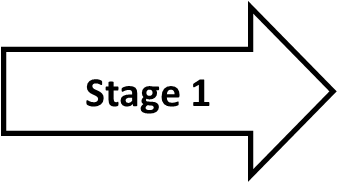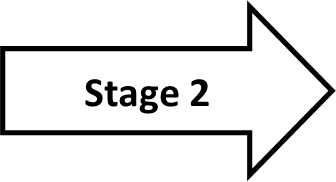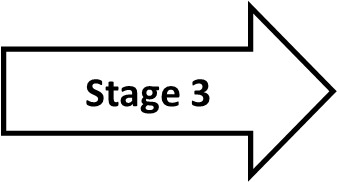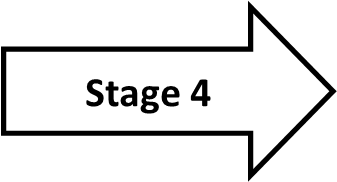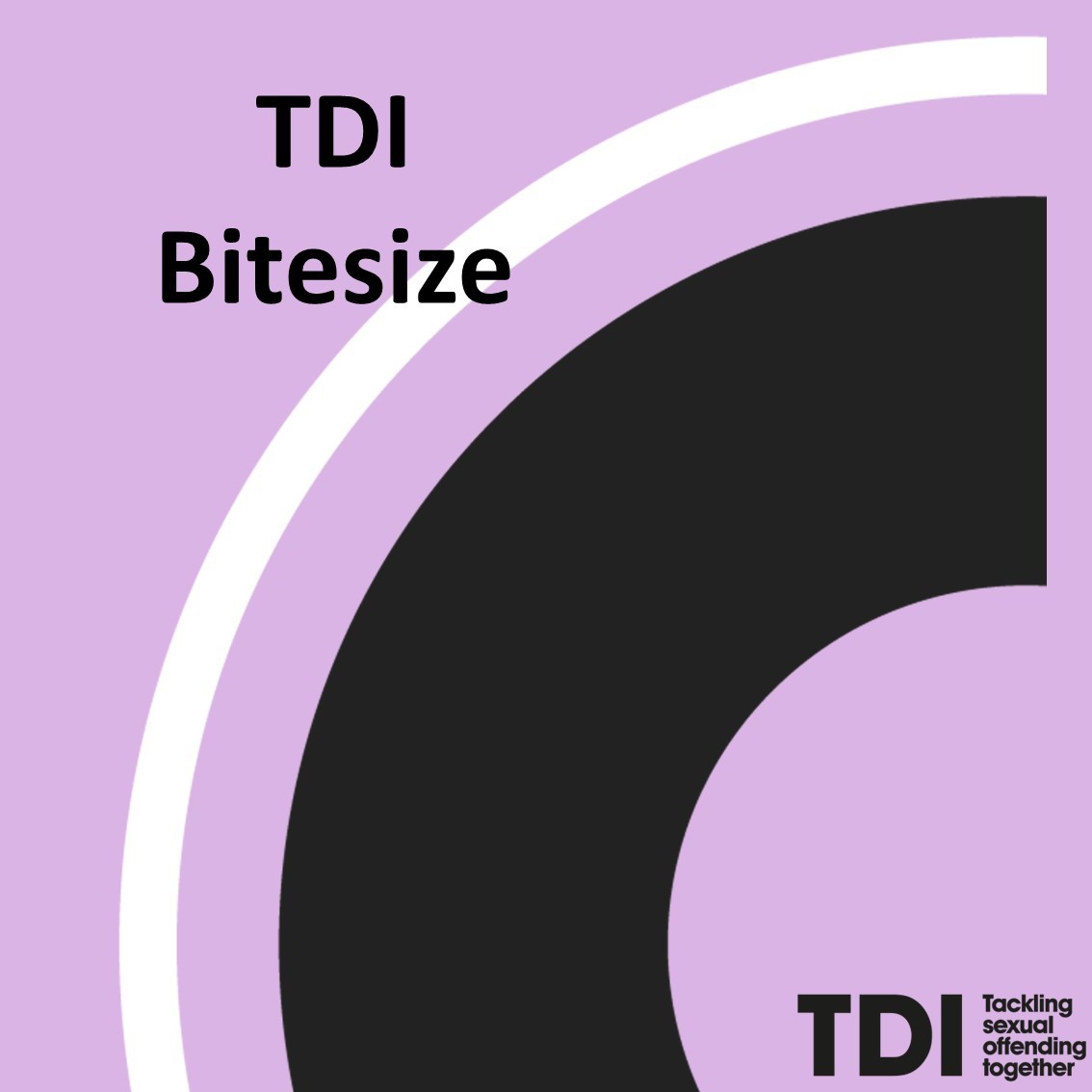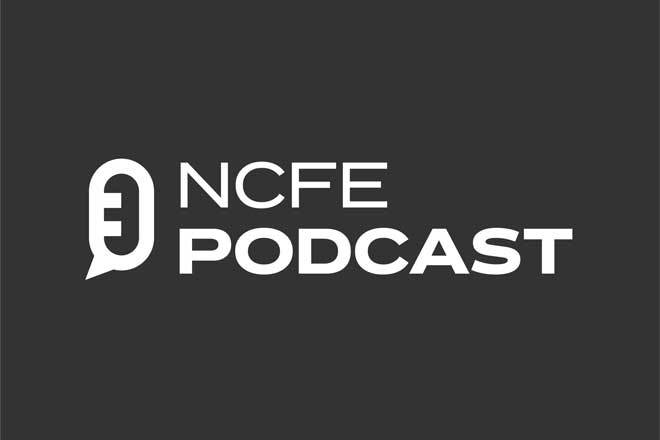
In previous Explainers, we’ve focused on offenders. In this Explainer, we think through some of the things that make people vulnerable.
Remember: Offenders are looking for the maximum reward at minimum risk—so they are looking for victims who are vulnerable or who can be made vulnerable. If this is something they are able to do, it is also something we can try to counter.
Who is vulnerable to offending?
In short, anyone can be.
We pointed out in previous Explainers that most offences happen in situations where the offender knows the victim and particularly where the offender is able to have power over the victim.
All of us can find ourselves in positions where we are relatively powerless to protect ourselves.
However, some groups are at a natural disadvantage. These groups would include:
- Children
- Vulnerable adults
- Women and girls
- Sex workers
- Those who have suffered prior abuse
- Looked-after children
- Drug and alcohol users
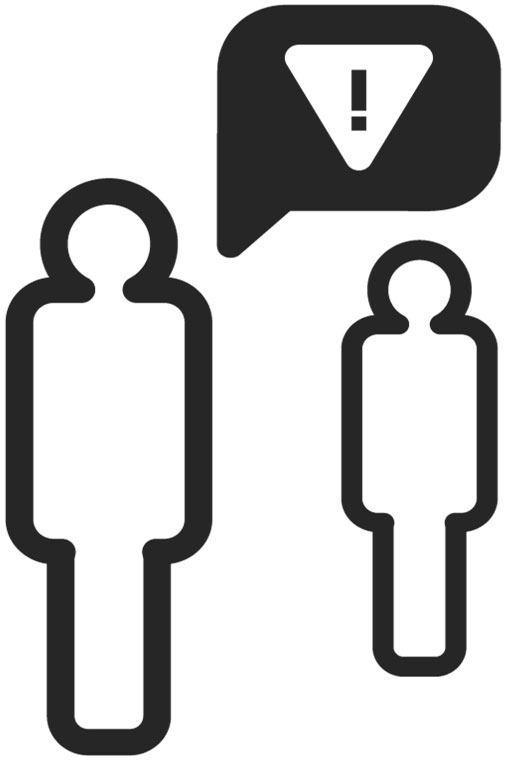
And what can make someone more vulnerable?
What ties many of these groups together is a lack of access to external support—either naturally, as can be the case in familial relationships, or through the offenders’ own actions in removing support, as can be the case in abusive partner relationships.
Past experiences can create patterns of behaviour which make victimisation more likely—those who have been deprived of warmth and affection may tolerate abusive relationships for the insincere affection they receive from their abuser.
And those who are suffering disadvantage may find themselves trapped in situations where they see no alternative to an abusive relationship—for instance where that relationship provides financial or other material support which the victim needs (“survival sex”), or where there is a fear that reporting would lead to punishment by external authorities.


